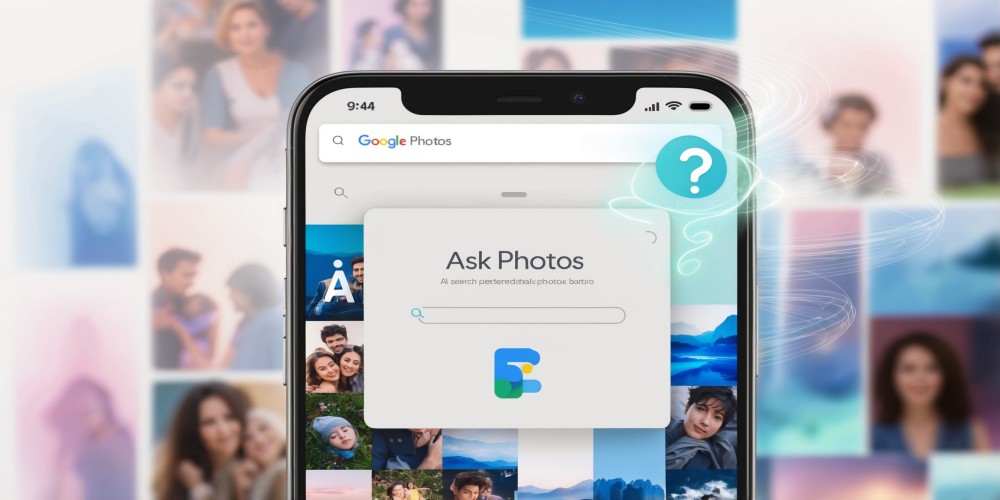Google Photos Introduces AI-Powered Ask Photos Feature for Enhanced Image Search
- Oct 11, 2024
- 286

Google Photos is beginning to roll out its highly anticipated Ask Photos feature in a limited capacity across the US. This artificial intelligence-driven tool powered by Gemini was originally introduced at Google I/O in May. Following last month’s announcement that the feature would be made available for early access, some users have reported seeing it on their devices. This new functionality allows users to search for specific pictures within Google Photos by posing conversational queries to Gemini.
As reported by Phone Arena, the Ask Photos feature is now being launched for several Android users in the US through a supply-side update. It will be positioned at the bottom-right corner of Google Photos, taking the place of the previous Search tab. The company opened a waitlist for those wishing to gain early access last month, and users who signed up are starting to receive the feature.
This capability, available on both Android and iOS devices devices, enables users to submit conversational queries to accurately locate specific images stored in their cloud storage. Users can craft detailed inquiries that consist of multiple sentences or use straightforward prompts with basic details about the image, allowing the AI to retrieve the appropriate photo. If the AI does not identify the image on the first feel free, users are welcome to pose additional inquiries>
According to the tech giant, privacy is a significant aspect of the AI feature. The company has clarified that user data, including the queries submitted to Ask Photos, will not be exploited for advertising purposes. Though prompts may be reviewed by humans, this process occurs only after disconnecting the user's account.
Additionally, a publication has shared a screenshot from the feature's overview page, emphasizing how the company processes data within Google Photos to allow users to run natural-language queries. The company explains that it generates textual descriptions for photos and videos, employs facial recognition, and compiles data with location and time stamps to provide context. For instance, it can note if a user traveled to Goa from October 1 to 5, as well as gauge relationships of other individuals in the gallery based on their stored images.